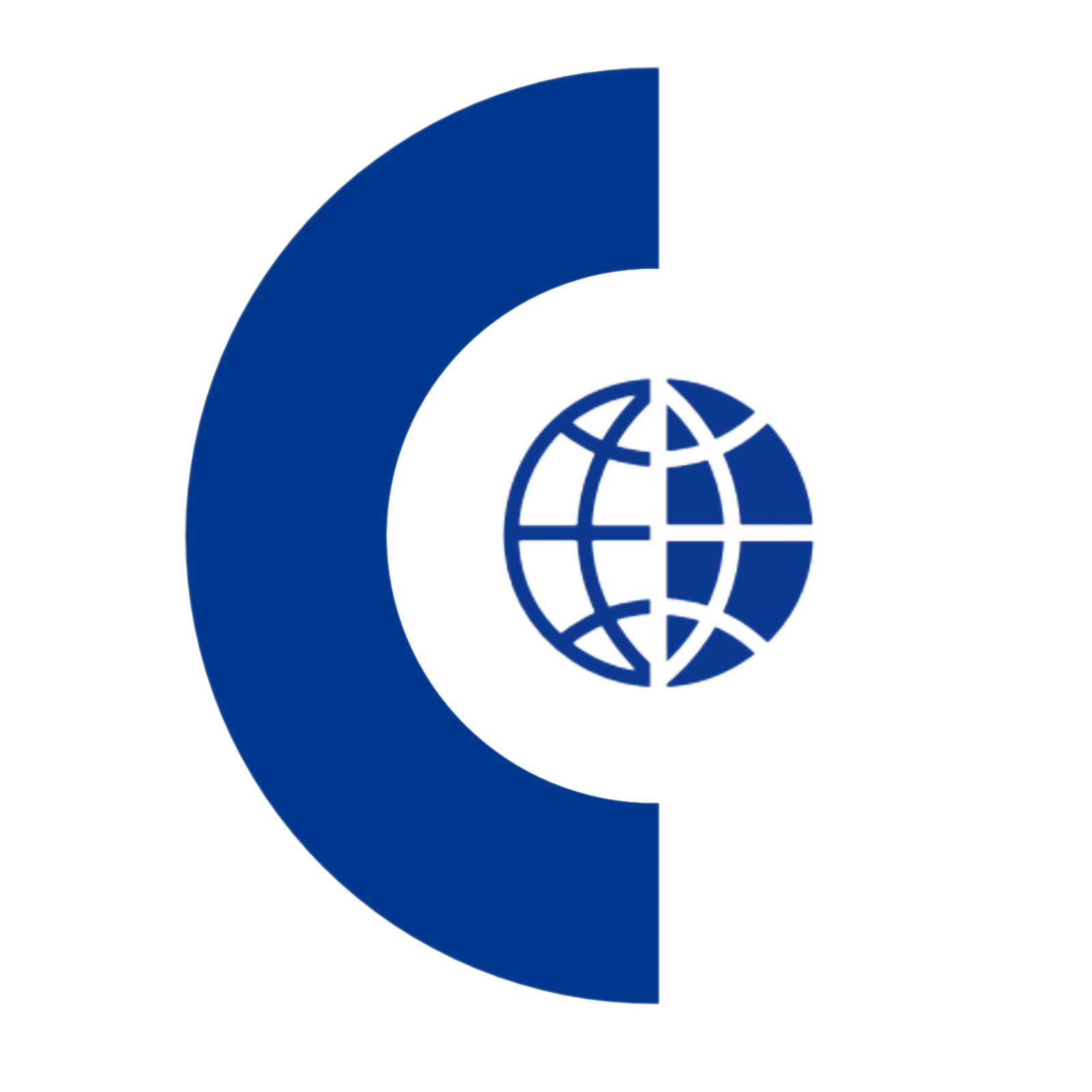In the early 2000s, the world witnessed the emergence of BRIC, an acronym representing the economic potential of Brazil, Russia, India, and China. These nations were hailed as the future drivers of global economic growth. However, as we fast forward to the present, the dynamics have shifted dramatically. China's growth is showing signs of stagnation, while Russia faces global scrutiny for its actions in Ukraine. This article explores how Southeast Asia, particularly the "VIIPs" – Vietnam, India, Indonesia, and the Philippines – is poised to become the new growth hub, leaving behind the BRICS era.
From BRIC to BRICS: Evolution of a Concept
Jim O'Neill, the economist behind the BRIC acronym, initially highlighted the combined economic potential of Brazil, Russia, India, and China. Their 8% share of the world economy translated to 23.3% of global GDP. As these countries gained prominence, they formalized their cooperation by forming BRICS with the inclusion of South Africa in 2011.
BRICS Expansion: A Geopolitical Bloc
Recent developments raise questions about BRICS' original purpose. At the 2023 Johannesburg Summit, the group announced plans to welcome new members: Argentina, Egypt, Ethiopia, Iran, Saudi Arabia, and the United Arab Emirates. Critics question the selection criteria and whether these additions align with BRICS' supposed representation of the Global South. The driving force behind this expansion is China, with the aim of creating a bloc to rival the G7 and counterbalance China-containment policies.
Changing Economic Fortunes of BRICS
The economic trajectories of the BRICS nations have diverged significantly since their inception. Brazil and Russia's economic performances have disappointed in recent years, leaving only India as a rising star. With China grappling with potential stagnation due to its real estate bubble, the BRICS group is no longer the unified economic force it once was.
Southeast Asia: The New Economic Hub
The economic center of gravity is shifting to Southeast Asia, driven by countries like India and the Association of Southeast Asian Nations (ASEAN). Multinationals are relocating production bases to this region, considering it a safer alternative to China. Southeast Asia, with its promising foursome of Vietnam, India, Indonesia, and the Philippines, all boasting populations exceeding 100 million, is poised to take over as the new economic powerhouse.
Meet the VIIPs
The "VIIPs" – Vietnam, India, Indonesia, and the Philippines – have the potential to shape the future of global economic growth. These nations are experiencing robust economic growth, and their strategic location makes them attractive destinations for businesses looking to diversify from China.
The Bangladesh Factor
While Bangladesh has made significant economic progress, it faces vulnerabilities due to its geography and the threat of rising sea levels caused by global warming. As such, its inclusion in the VIIPs may need to be postponed until these challenges are addressed.
Conclusion:
The BRICS era, once a symbol of emerging economic giants, is giving way to the VIIPs – Vietnam, India, Indonesia, and the Philippines. Southeast Asia is becoming the epicenter of global economic growth, attracting businesses and investors seeking new opportunities. As the world continues to evolve, these nations are set to redefine the landscape of economic power, offering fresh perspectives and untapped potential for the global economy.



